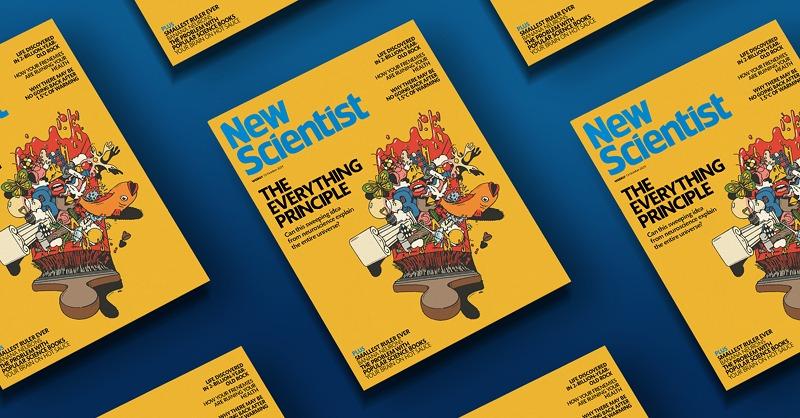


The best place to find out what’s new in science – and why it matters
198 pessoas curtiram isso
0 Publicações
0 fotos
0 Vídeos



